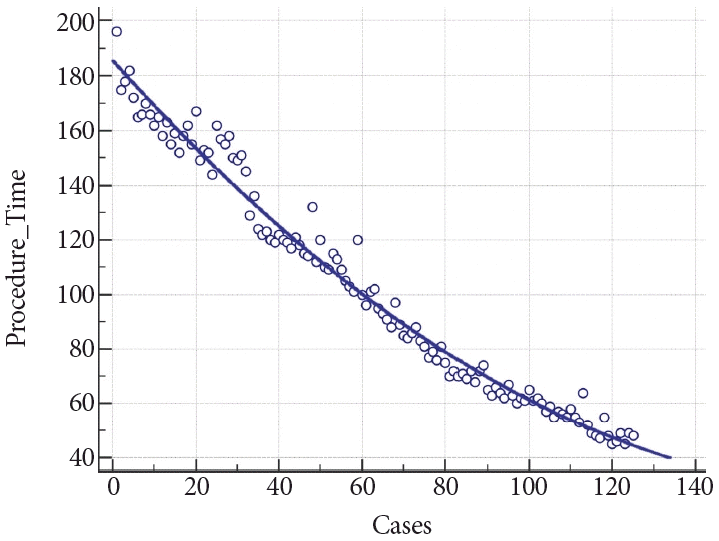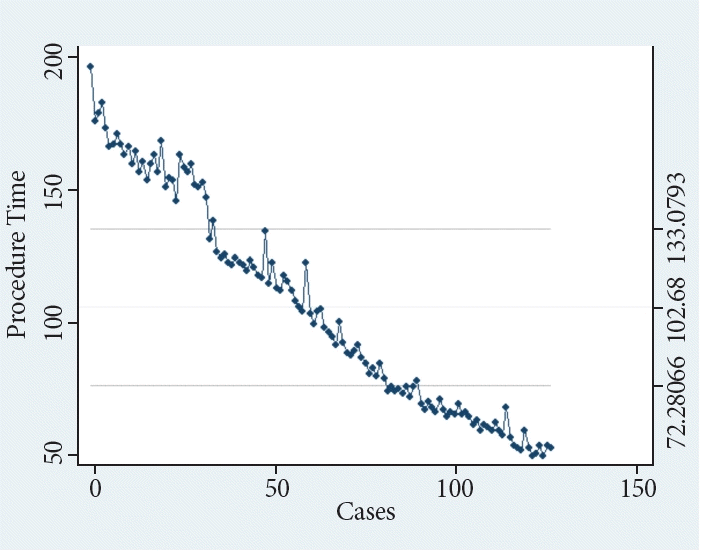1. Inoue H, Minami H, Kobayashi Y, et al. Peroral endoscopic myotomy (POEM) for esophageal achalasia. Endoscopy. 2010; 42:265–271.

2. Stavropoulos SN, Modayil RJ, Friedel D, Savides T. The international per oral endoscopic myotomy survey (IPOEMS): a snapshot of the global POEM experience. Surg Endosc. 2013; 27:3322–3338.

3. Crespin OM, Liu LWC, Parmar A, et al. Safety and efficacy of POEM for treatment of achalasia: a systematic review of the literature. Surg Endosc. 2017; 31:2187–2201.

4. Li H, Peng W, Huang S, et al. The 2years’ long-term efficacy and safety of peroral endoscopic myotomy for the treatment of achalasia: a systematic review. J Cardiothorac Surg. 2019; 14:1.

5. Stavropoulos SN, Modayil R, Friedel D. Per oral endoscopic myotomy for the treatment of achalasia. Curr Opin Gastroenterol. 2015; 31:430–440.

6. Tantau M, Crisan D. Peroral endoscopic myotomy: time to change our opinion regarding the treatment of achalasia? World J Gastrointest Endosc. 2015; 7:237–246.

7. von Rahden BHA. [Current treatment of achalasia 2019]. Zentralbl Chir. 2019; 144:163–170.
8. Pescarus R, Shlomovitz E, Swanstrom LL. Per-oral endoscopic myotomy (POEM) for esophageal achalasia. Curr Gastroenterol Rep. 2014; 16:369.

9. Liu Z, Zhang X, Zhang W, et al. Comprehensive evaluation of the learning curve for peroral endoscopic myotomy. Clin Gastroenterol Hepatol. 2018; 16:1420–1426.e2.

10. Tanţău M, Buzaş C, Tefas C, Groza A, Tanţău A. “Learning curve” for the POEM procedure. J Gastrointestin Liver Dis. 2015; 24:536–537.
11. Kurian AA, Dunst CM, Sharata A, Bhayani NH, Reavis KM, Swanström LL. Peroral endoscopic esophageal myotomy: defining the learning curve. Gastrointest Endosc. 2013; 77:719–725.

12. Patel KS, Calixte R, Modayil RJ, Friedel D, Brathwaite CE, Stavropoulos SN. The light at the end of the tunnel: a single-operator learning curve analysis for per oral endoscopic myotomy. Gastrointest Endosc. 2015; 81:1181–1187.

13. El Zein M, Kumbhari V, Ngamruengphong S, et al. Learning curve for peroral endoscopic myotomy. Endosc Int Open. 2016; 4:E577–E582.

14. Zaninotto G, Bennett C, Boeckxstaens G, et al. The 2018 ISDE achalasia guidelines. Dis Esophagus. 2018; 31:1–29.
15. Kahaleh M, Xu M-M, Zamarripa F, et al. POEM in Latin America: the rise of a new standard. J Clin Gastroenterol. 2019; 53:e352–e355.
16. Teitelbaum EN, Soper NJ, Arafat FO, et al. Analysis of a learning curve and predictors of intraoperative difficulty for peroral esophageal myotomy (POEM). J Gastrointest Surg. 2014; 18:92–98. discussion 98-99.

17. Nabi Z, Reddy DN, Ramchandani M. Adverse events during and after per-oral endoscopic myotomy: prevention, diagnosis, and management. Gastrointest Endosc. 2018; 87:4–17.
18. Wang Y, Liu Z-Q, Xu M-D, et al. Clinical and endoscopic predictors for intraprocedural mucosal injury during per-oral endoscopic myotomy. Gastrointest Endosc. 2019; 89:769–778.

19. Hungness ES, Sternbach JM, Teitelbaum EN, Kahrilas PJ, Pandolfino JE, Soper NJ. Per-oral endoscopic myotomy (POEM) after the learning curve: durable long-term results with a low complication rate. Ann Surg. 2016; 264:508–517.
20. Lv H, Zhao N, Zheng Z, et al. Analysis of the learning curve for peroral endoscopic myotomy for esophageal achalasia: single-center, two-operator experience. Dig Endosc. 2017; 29:299–306.

21. Vaz Â, Ferrari TA, Gomes RV, Arantes VN. Peroral endoscopic myotomy for management of megaesophagus due to Chagas disease. Relatos Casos Cir. 2016; 1:1–3.
22. Kahaleh M, Tyberg A, Suresh S, et al. How does per-oral endoscopic myotomy compare to Heller myotomy? The Latin American perspective. Endosc Int Open. 2020; 8:E1392–E1397.

23. Biau DJ, Williams SM, Schlup MM, Nizard RS, Porcher R. Quantitative and individualized assessment of the learning curve using LC-CUSUM. Br J Surg. 2008; 95:925–929.

24. Akintoye E, Kumar N, Obaitan I, Alayo QA, Thompson CC. Peroral endoscopic myotomy: a meta-analysis. Endoscopy. 2016; 48:1059–1068.

25. Tefas C, Boroș C, Ciobanu L, Surdea-Blaga T, Tanțău A, Tanțău M. POEM: five years of experience in a single east european center. J Gastrointestin Liver Dis. 2020; 29:323–328.






 PDF
PDF Citation
Citation Print
Print




 XML Download
XML Download